You’d think after two years of aggressive rate hikes, the Fed might finally chill, right? Not so fast. Even if Jerome Powell stops fiddling with interest rates, the aftershocks are still rumbling through the economy—and seniors are sitting right in the splash zone. No, we’re not talking about the obvious stuff like mortgages or credit cards. We’re talking about the sneaky, behind-the-scenes ripple effects that quietly drive up everyday costs, especially for folks on fixed incomes.
By the time fall 2025 rolls around, your sweet retired aunt might be wondering why her dental premiums jumped, her utility bill’s a mystery, and her favorite diner’s grilled cheese suddenly costs $14. It’s all connected, babe. From Medicare premiums to assisted living fees and reverse mortgage tweaks, the true cost of “higher for longer” is about to sneak up on Grandma’s budget. So, whether you’re helping a parent plan for retirement or just curious about how economic policy hits differently in your golden years, here are 15 hidden costs that could sucker-punch seniors before the leaves even turn.
1. Assisted-Living and Residential Fees Surge

Senior housing operators love a Fed-driven mortgage-rate rise—because they refinance, then pass costs to residents. A recent report from Senior Housing News noted assisted-living fees climbed 10% in 2024 alone, largely blamed on inflation. With 2025 refinancing activity still fresh, fall could reveal another round of double-digit increases. These facilities face higher labor, food, and utility costs, all tied back to borrowing expenses. Plus, capital projects (like safety upgrades) get more expensive to finance.
Residents on fixed monthly budgets may get hit with additional “amenity” charges—everything from wellness programs to emergency-response tech. Contracts often permit annual rate hikes pegged to CPI, but operators quietly inflate the base rate more aggressively to offset interest-rate pain. Seniors needing memory-care wings or specialized services could see even steeper jumps, since those units usually carry premium pricing. The net effect? A comfortable community living arrangement could suddenly cost as much as a modest mortgage.
2. Medicare Part B Premiums Climb
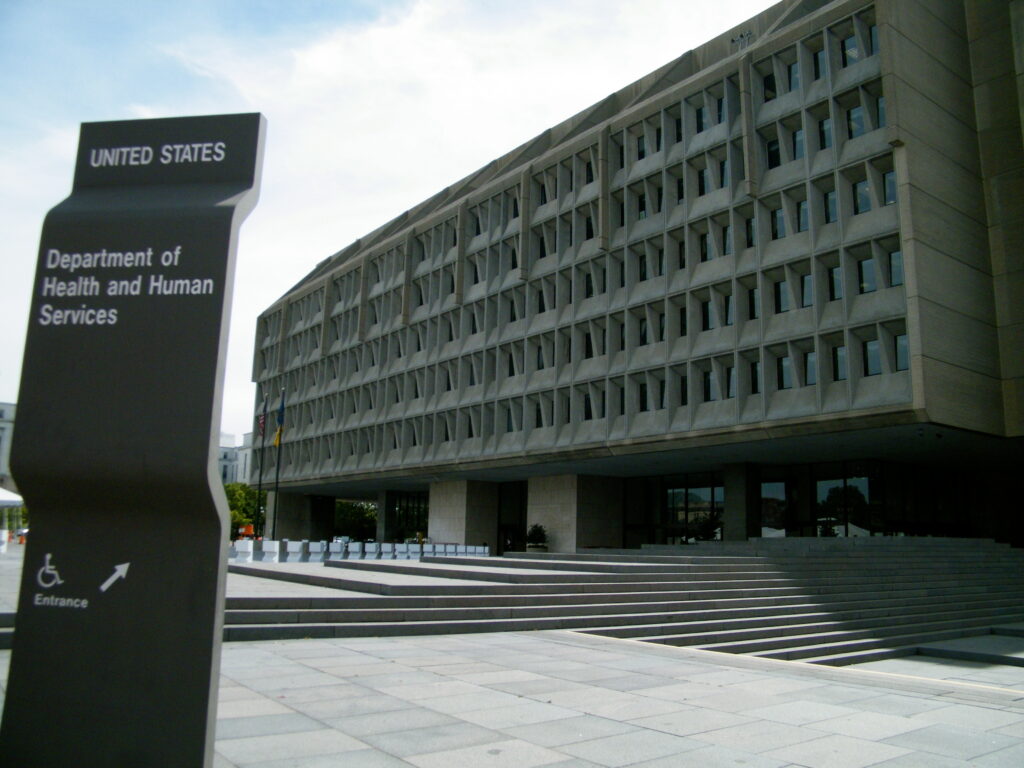
Next year’s Medicare Part B premiums are slated to jump again—meaning more dollars out of fixed Social Security checks. According to AARP the standard Part B premium rises by about $10.30 in 2025, continuing a multi-year trend tied to underlying medical-cost inflation. It’s easy to glaze over a $10 bump, but seniors on tight budgets feel every dollar. Reduced disposable income can mean choosing between prescriptions and groceries—no fun decision, right? The Fed’s rate moves indirectly prop up overall medical inflation (think: higher borrowing costs for hospitals and drug companies). That trickles to Part B’s development, since this premium partially covers outpatient services. And because Social Security often adjusts outlays more slowly, many seniors end up shouldering the extra premium hit directly. By fall 2025, that $10.30 uptick adds nearly $125 annually—plus any IRMAA surcharges if incomes creep up. In a world of razor-thin margins, those dollars can topple tight budgets.
On top of that, if you initially delayed Part B enrollment, late-enrollment penalties can tack on an extra 10% premium for every 12-month period you skipped—doubling your bill if you waited two years. Couple that with higher deductibles and coinsurance, and what seemed like a minor rate bump becomes a multi-hundred-dollar surprise. Seniors should double-check their enrollment histories now to dodge avoidable penalties. After all, knowing is half the battle—especially when your wallet’s on the line.
3. Home-Healthcare Inflation Isn’t Slowing

In-home care agencies are the new landlords of personal care—and their rents (i.e., hourly rates) are climbing fast. Per The Wall Street Journal, the Labor Department reported home-healthcare prices up 8.1% year-over-year as of January 2025, even as overall CPI iced at 3%. Translation: those who help seniors bathe, dress, or handle chores are earning—and charging—way more. Outsourcing care to professionals often beats nursing-home costs, but the Fed’s rate hikes fuel wage pressures in a tight labor market. Agencies pass on their higher financing and staffing costs straight to clients. By fall, average hourly fees could top $30 or more in many regions—up from around $28 today.
Seniors relying on multiple visits per week could see monthly in-home bills spike by hundreds. That can force tough choices: reduce care hours, lean on unpaid family caregivers, or risk safety. And since Medicare covers only limited home-health services, most of these out-of-pocket costs fall squarely on retirees’ shoulders. With fixed incomes, even small percentage jumps become major budget busters.
4. Social Security’s Tighter COLA
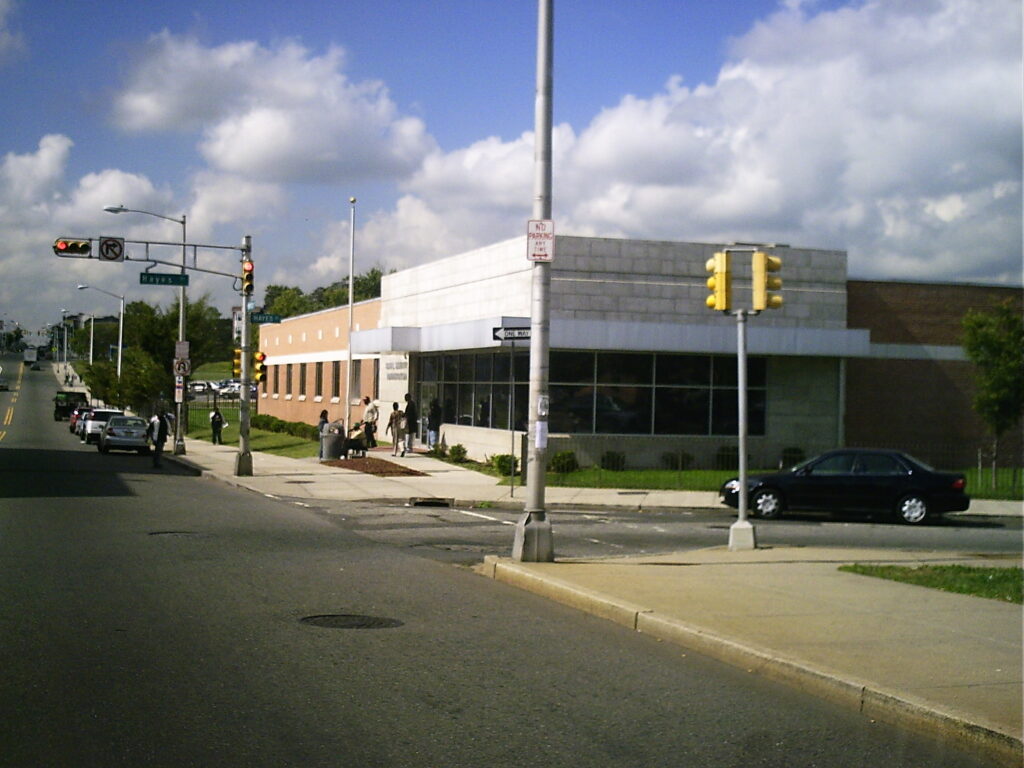
Social Security’s Cost-of-Living Adjustment (COLA) is your main hedge against creeping expenses—and it’s headed for its smallest increase since 2021. According to MarketWatch, a projection by the Senior Citizens League finds that next year’s COLA may land around 2.4%, down from 2.5% this year. That sounds decent until you factor in real-world spikes: groceries, housing, and auto repairs are all rising faster. Seniors often spend a larger share of income on essentials, so even a slight COLA downgrade can leave budgets underwater.
Combine a stingy COLA with the higher premiums and care costs above, and purchasing power erodes fast. Many retirees depend on Social Security for half or more of their income—and nearly 40% rely on it entirely. If benefits don’t keep pace, seniors must scramble for part-time gigs or tap savings, eroding nest eggs faster than expected.
5. In-Home Supportive Services Cuts

Low-income seniors in states like California depend on Medicaid-funded In-Home Supportive Services (IHSS) to live independently. But proposed federal Medicaid cuts could slice $625 billion over ten years—jeopardizing these services, according to the San Francisco Chronicle. Although nursing-home care stays protected, home-care funding isn’t guaranteed. Governors are already tightening eligibility, leaving seniors at risk of forced institutionalization.
For those on waitlists or facing benefit reductions, the cost of private home-care will replace what Medicaid once covered—often at double the prior rate. And even modest state budget gaps can translate into significant service hour cuts. Emotional stress and care interruptions become real threats, especially for those with chronic conditions. Seniors could be facing major out-of-pocket care costs by fall 2025 unless federal/state budgets shift course.
6. Dental and Vision Plan Premium Hikes
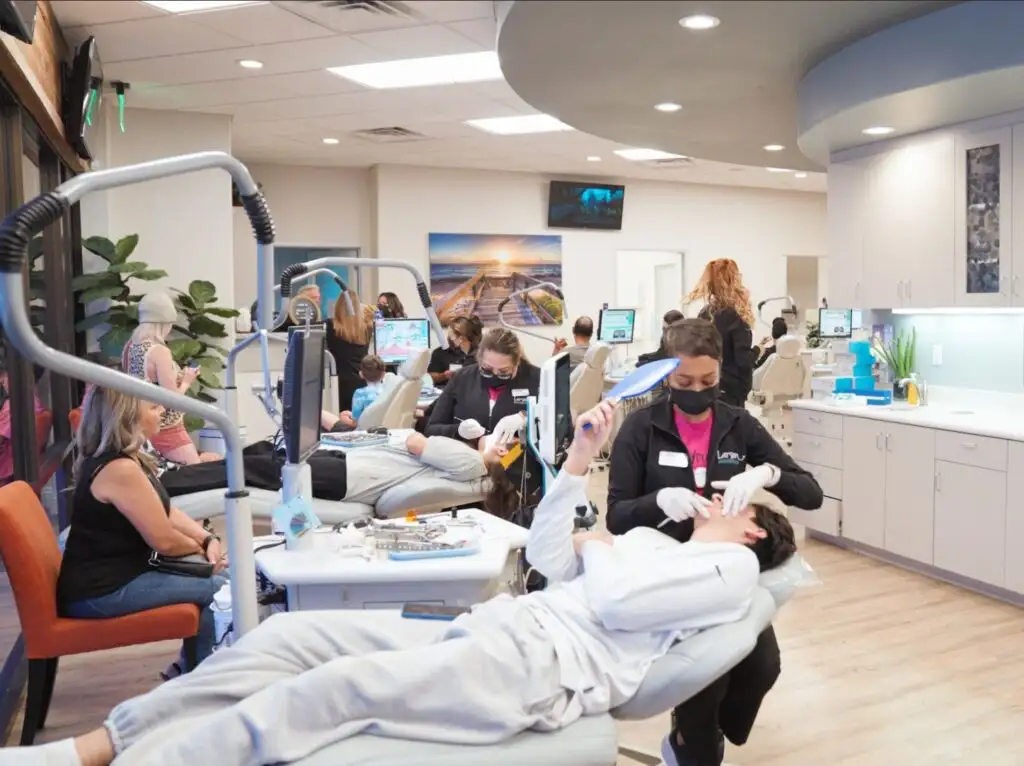
Most standard Medicare plans don’t include dental or vision, so seniors buy add-ons—and those premiums rise with general insurance costs. Industry data show dental insurances for seniors increased 5–7% in early 2025. Vision plans aren’t far behind. As the Fed keeps rates elevated, insurers adjust pricing to cover higher claim-processing and admin costs. These add-ons—which many seniors consider must-haves—can tack on $200–$400 annually.
By fall’s open-enrollment season, that “small” add-on could look more like a mid-range car payment. Seniors might drop coverage to save money, risking expensive out-of-pocket bills when problems arise. Eye surgery, dental implants, or even routine cleanings become budget-busting choices.
7. Prescription Drug Co-pays and Tiers Shifting

Even with Medicare Part D, drug plan formularies shuffle annually. Plans may re-tier medications—or bump tier-one generics to higher co-pays—to offset rising pharmaceutical R&D and distribution costs. Reports indicate average Part D co-pays climbed 3% in 2025 plan designs. Higher interest rates inflate drug-maker financing, indirectly feeding into list-price pressures.
By fall, seniors might find their once-cheap meds reclassified, pushing them into $30–$50 co-pay territory per fill. For chronic conditions requiring monthly refills, that adds up fast—potentially $600 extra annually. Many will need to navigate plan switches or assistance programs to avoid sticker shock.
8. Utility Bills Spike with Capital Costs

Municipal utilities and investor-owned utilities fund infrastructure upgrades—like smart meters and pipeline replacements—via bonds. Higher Fed rates mean higher bond yields, which utilities recover through rate increases. Surveys show regional water-and-sewer bills rose 6–8% in early 2025. Electric and gas utilities are on a similar trajectory, targeting upgraded grids and decarbonization goals.
For seniors on fixed incomes, utility hikes hit like a stealth tax. Even a $15 monthly bump in combined electric, gas, and water costs translates to $180 annually—money that could’ve gone to food or medicine. And programs designed to assist low-income households often cap benefits, leaving many caught in the middle.
9. Property Tax Assessments Catch Up
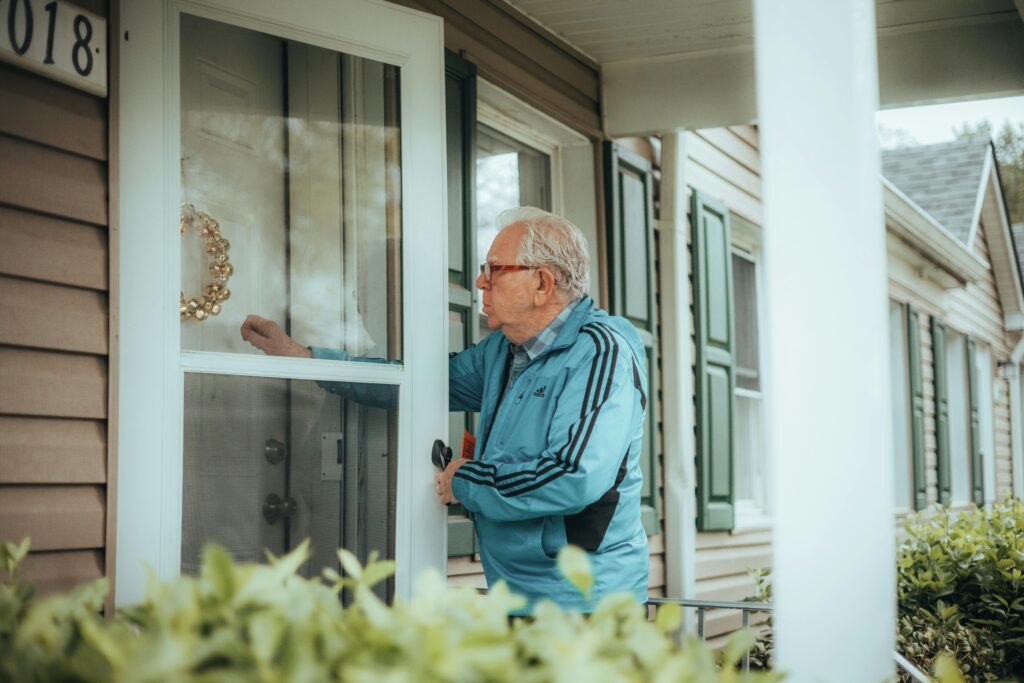
Low mortgage rates over the last decade held down effective tax burdens—but many jurisdictions postponed reassessments during COVID. As property valuations rebound post-pandemic, appraisals are climbing, and higher interest-rate environments accelerate market-value resets. In some counties, assessed values rose 10–15% in 2024–2025. Seniors who’ve been coasting on decades-old assessments may be in for a rude awakening when the new bills land. Even if your home’s market value hasn’t changed much, neighbors’ sales can trigger area-wide reassessments that spill over.
For seniors with limited means, bigger property-tax bills can force difficult choices: downsize, tap into home-equity loans (with higher interest rates now), or risk foreclosure. While many states offer senior exemptions, those often don’t offset full increases. Some counties also offer deferral programs, but these simply push the tax bill—plus interest—into the future. And the paperwork for exemptions or deferrals can be so convoluted that many miss deadlines and end up paying full freight.
10. Reverse Mortgage Fees and Rates
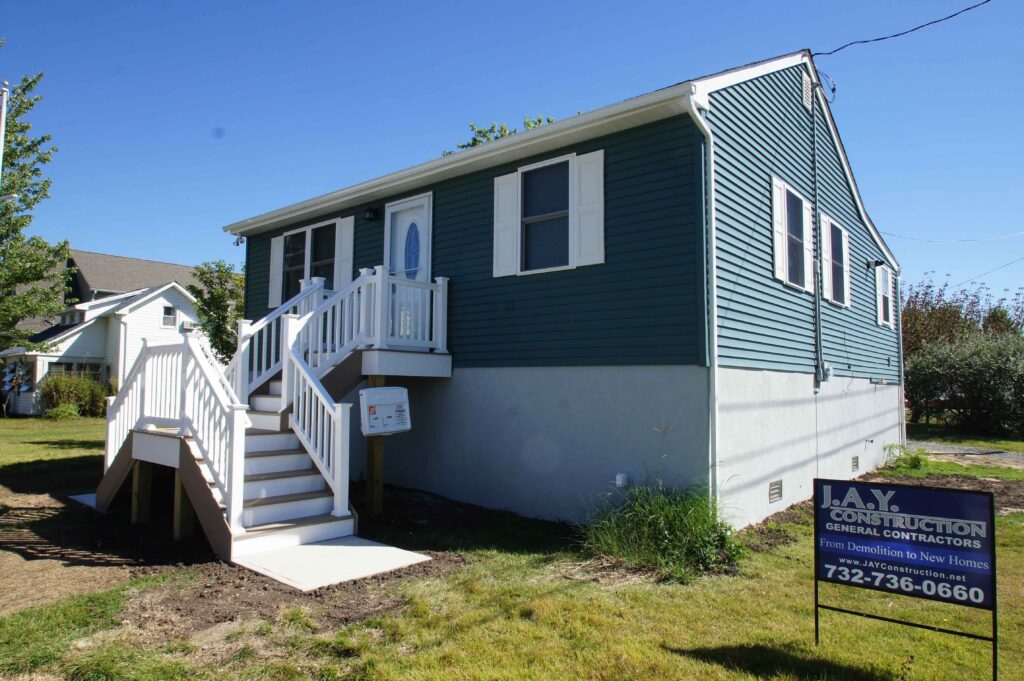
Reverse mortgages were once a last-resort option. Now, higher Fed rates push up both initial mortgage rates and ongoing servicing fees. Industry analyses predict average reverse-mortgage rates could reach 6–7% by fall, up from under 5% earlier in 2024. That makes borrowing against home equity more expensive—and the closing costs (origination, mortgage insurance) all climb in lockstep. Seniors banking on these products for cash flow will see less net cash—and more of their equity eaten by fees.
Add in rising appraisal fees and mandatory financial counseling costs, and the upfront fees alone can top $10,000. Monthly servicing fees—often hidden in the fine print—also tick upward when short-term rates climb. For retirees counting on a steady, predictable payment from their home, this newfound volatility can turn a safety net into a financial minefield.
11. Private Long-Term Care Insurance Premium Jumps

Long-term care insurers set premiums based on projected care costs and interestâ€rate assumptions. As yields rise, some carriers hike rates to maintain profitability while others offer smaller premium relief. Reports show average private LTC insurance premiums rose 8% in early 2025. Existing policyholders are often subject to “rate increase” clauses, meaning insurers can adjust premiums unilaterally. That could push monthly bills from $150 to $162 or higher—again eating into limited retirement budgets.
Worse, many policies cap future benefit increases, so the same dollar amount buys less care year after year. Policyholders who locked in lower rates a decade ago may find themselves paying more for fewer benefits. And if you’re already tapping cash reserves to cover these hikes, you might deplete savings earmarked for other emergencies.
12. Transportation Costs: Ride-hail and Transit Fares

Older adults increasingly rely on ride-hail services for errands and healthcare rides. But higher driver costs (vehicle loans at higher rates, insurance) mean per-mile fares rise. Uber and Lyft have already increased base fares by around 5% in many metros. Meanwhile, municipal transit agencies—funded by ticket revenues and bonds—raise fares to cover capital projects. For seniors using discounted transit, a jump from $1 to $1.25 per ride may not seem huge, but two trips per day accumulates $180 more a year.
Add in surge pricing on ride-hail when demand spikes, and that quick trip to the pharmacy turns into a budget buster. Taxis, too, often adjust their meter minimums upward to cover higher fuel and maintenance costs. And don’t forget parking fees—many municipalities hike those to fund infrastructure, turning a quick errand into an unexpected expense.
13. Groceries: Food Away from Home

Dining-out inflation often outpaces grocery inflation—and seniors eat out more for convenience and socialization. Restaurant menu prices rose 7% in early 2025, according to industry trackers. Higher borrowing costs for restaurant operators feed into their expenses—labor, rent, and food supplier financing. Seniors dining weekly could see annual food budgets swell by $300–$500.
That means your favorite neighborhood diner’s “senior special” might not be so special anymore. Even local cafes sometimes add a “surcharge” to cover card-processing fees or ingredient spikes. And if you’re part of a seniors’ lunch club, those weekly meetups could start costing double what they did last year—making social outings as pricey as they are fun.
14. Hearing Aids and Assistive Devices
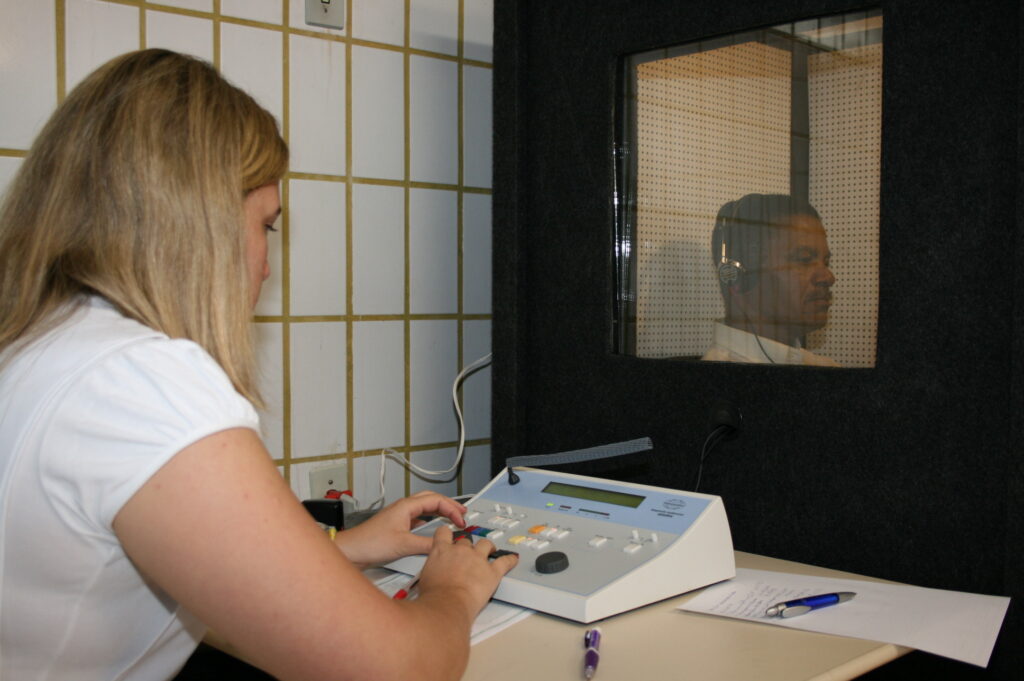
Hearing-aid prices have been stubbornly high, with average costs nearing $5,500 per pair. While OTC hearing aids are emerging, premium devices still command big premiums. Rising medicalâ€device financing costs can nudge prices up another 3–4% by fall 2025. Seniors needing replacements or upgrades face out-of-pocket expenses that savings may not cover—forcing trade-offs with medications or home repairs.
Follow-up appointments, batteries, and custom fittings add hundreds more over the device’s lifespan. And warranty extensions, which many seniors opt for, come with their own price tags—often non-refundable. In short, what starts as a one-time purchase rarely ends there, and every component’s price is slowly inching upward.
15. Financial-Advisor and Management Fees

Finally, don’t forget the cost of advice. Many retirees pay advisory fees—often 1% of assets under management. As the Fed’s rate environment cools bond yields, advisors may shift portfolios more into equities and alternative strategies that carry higher fees. Some firms are tweaking fee schedules upward by 0.1–0.2% to offset lower fixed-income returns. That seemingly small bump can shave thousands off a $500,000 portfolio over a decade—hardly hidden once you see the impact.
Plus, additional expenses like fund expense ratios, transaction fees, and performance-based charges can further erode returns. Some advisors also charge hourly or retainer fees for financial planning updates—another open-ended cost. Savvy seniors might consider fee-only planners or robo-advisors to keep these expenses from eating up their nest eggs.
This article is for informational purposes only and should not be construed as financial advice. Consult a financial professional before making investment or other financial decisions. The author and publisher make no warranties of any kind.









